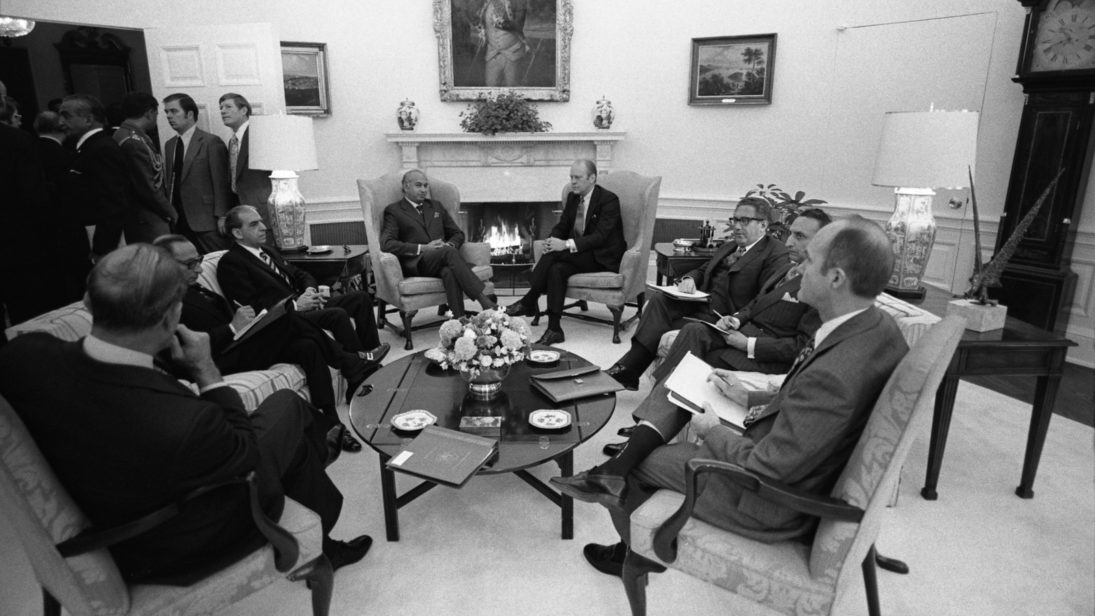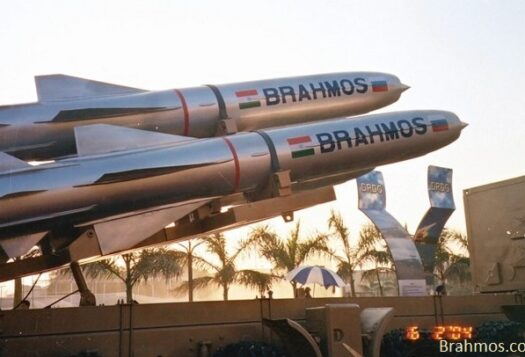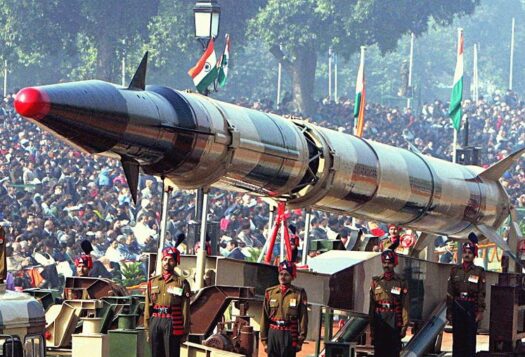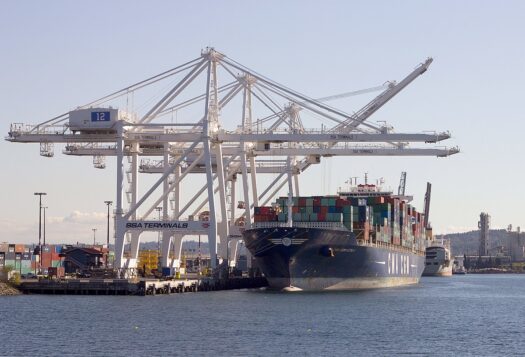
Diplomatic historyconsists of the narratives we learn and then rehearse and repeat. Naturally,our points of view are usually nationalistic and a misreading of history. Nationaldiplomatic histories of sensitive subjects clash, leading to enduring enmity.For example, diplomatic histories in the United States and Pakistan of thedecades-long bloodshed in Afghanistan read like fantastic, separate voyagesinto the same tragic landscape.
In the standard U.S.narrative, Pakistan is guilty of double-dealing. The standard Pakistaninarrative is of a country pursuing its national security interests only to bebetrayed by Washington when the United States failed to achieve its goals andscapegoated Pakistan. These narratives appear almost daily in newspapers andpublic commentary.
It takes a purposefulblindness to accept either one of these national narratives without question.Washington was well aware of Pakistan’s abiding interest in a government inKabul friendly to it and hostile to India, but went along for the ride because itsexpeditionary forces’ needed logistical support. Islamabad and Rawalpindi put upwith the hassles of dealing with Washington and were sensitive that theirstrategy toward Afghanistan would eventually lead to crossed wires, but milkedthe relationship for what it was worth to meet shortfalls in defenserequirements. But don’t hold your breath for accounts, especially in Pakistan,that capture the fullness of this long history of purposeful, mutual deception.
Breaking apart national narratives is hard, but necessary if the United States and Pakistan are able to move beyond their “mutually distressing” relationship, to use Akhtar’s words.
We can, however, stop holding our collective breath waiting for a serious Pakistani account of the Pressler amendment. The usual story is one of betrayal related to its imposition in 1990, sanctioning Pakistan for its nuclear program conveniently after its help was no longer needed to expel Soviet troops from Afghanistan. Rabia Akhtar has blown this narrative to smithereens in The Blind Eye: U.S. Non-Proliferation Policy Towards Pakistan From Ford to Clinton(Lahore: University of Lahore Press, 2018). Akhtar, an Assistant Professor and Head of the Department in the School of Integrated Social Sciences at the University of Lahore, has turned her dissertation into a fine and necessary book. I am an admirer of her work and appreciative of her contributions to Stimson Center programming, but even had I not previously worked with Rabia, I would give high praise to this book.
Breaking apartnational narratives is hard, but necessary if the United States and Pakistan areable to move beyond their “mutually distressing” relationship, to use Akhtar’s words.This is one of her objectives in writing this book, and I strongly second thisintention. As difficult as this might seem now, both countries would be wise tofind common ground on which act in parallel, if not in concert in thetreacherous times that lie ahead.

The diplomatichistory Akhtar recounts with skill and obvious benefit from archival researchis that of five U.S. Presidents caught between cross-purposes. All were wellaware of the state of Pakistan’s nuclear program and opposed to its fruition. Butall were protective of other, competing priorities requiring Pakistan’s help. Nonewere prepared to place the nonproliferation objective above all others, despitebeing pressed to do so by some on Capitol Hill, like Senators Stuart Symingtonand John Glenn. Senator Larry Pressler was on the periphery of this campaign,but he lent his name to an amendment that would sanction Pakistan once a U.S. presidentcould no longer certify that it was not in possession of a nuclear explosivedevice. This strange, double-negative standard was itself a bit of legislativecircuitousness to allow presidents to hold off sanctioning Pakistan as long aspossible to continue to benefit from its assistance.
The Pressler standard could be circumvented because there was always something of greater importance to Presidents than nonproliferation, beginning with Pakistan’s help with the opening to China and with offsetting Russian influence, then helping with the campaign to oust Soviet troops from Afghanistan and then, after 9/11, helping to oust the Taliban leadership in Afghanistan supporting U.S. troops and air operations there.
For Washington, thismeant accommodating—or casting a “blind eye” to—Pakistan’s nuclear programwhile trying to retard it. Pakistani leaders provided assurances that werepatently untrue, which U.S. officials knew to be untrue but looked the otherway. For example, Akhtar tells the story of President Gerald Ford’s Secretaryof State Henry Kissinger privately telling Pakistani leader Zulfikar Ali Bhuttonot to insult his intelligence by claiming that Pakistan’s pursuit of areprocessing facility from France was for peaceful nuclear purposes. YetPakistan’s public line rarely wavered. Washington dealt with the problem byconvincing Paris to withdraw its offer, but Pakistan had already received theblueprints and proceeded to build the facility. Like other episodes detailed inAkhtar’s book, Washington managed to slow down Pakistan’s nuclear program, butPakistan got what it felt it needed in the end.
Pakistan benefited greatly from two “godsends” or “lucky breaks” that lowered the priority Washington attached to nonproliferation—the Iranian revolution and the Soviet invasion of Afghanistan. Washington finally came down hard on Pakistan by imposing the Pressler amendment’s sanctions only after the Soviet troop withdrawals. But as Akhtar notes, it wasn’t the withdrawals that proved to be the straw that broke the camel’s back—it was the 1990 crisis between Pakistan and India.
Akhtar’s bottom line is that “both countries used each other to get what they wanted—Pakistan more adeptly than the United States.” I agree.
This crisis, in Rawalpindi’sview, mandated nuclear preparatory measures in the event of a war. In so doing,Pakistan crossed privately agreed “red lines” between U.S. and Pakistanileaders, particularly with respect to nuclear cores and enrichment. Washingtonapparently had strong evidence of breaches of agreed restraint, leavingPresident George H.W. Bush no basis on which to claim that Pakistan did notpossess a “nuclear explosive device.” Only then did Bush bring down the hammerof the Pressler amendment.
Akhtar’s bottom lineis that “both countries used each other to get what they wanted—Pakistan moreadeptly than the United States.” I agree. She argues that the Pakistaninarrative on Pressler and this particular betrayal “needs a rest,” and thatit’s to time to acknowledge Washington’s blind eye toward Pakistan’s nuclearprogram: “It is time that debt is paid.”
Akhtar’s book deserves serious readership by those who wish to go beyond stale national narratives. I hope other Pakistani and American authors follow her lead.
Editor’s Note: In an ongoing series aimed at bridging the divide between policy analysis and academic scholarship, SAV contributors review recent articles and books published by leading scholars to evaluate the latest theoretical and analytical debates on strategic issues and their implications for South Asia. Read the series here.
***
Image 1: The U.S. National Archives
Image 2: Balti via Getty


